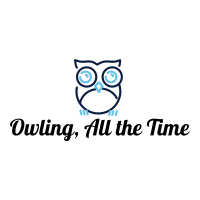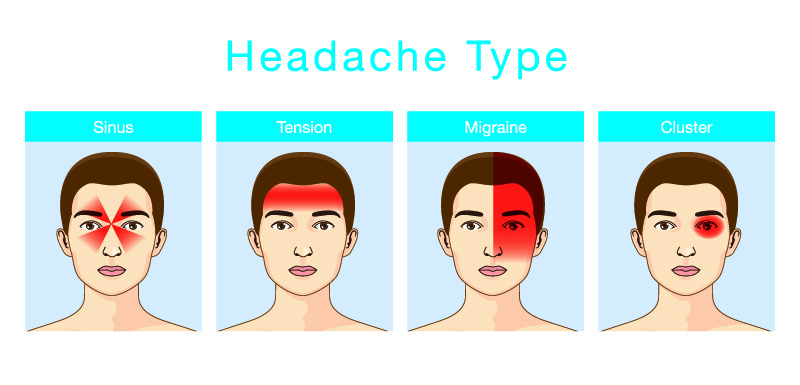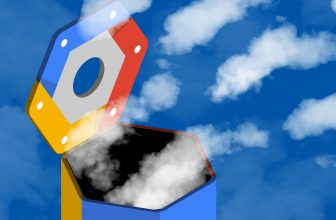How Headaches show what’s wrong with your Health
Headache is probably the most common type of pain in the world. This is one of the main reasons why people skip school or work for a number of days, or maybe go to a hospital. Some people have it when they’re exhausted or when they’re not getting enough sleep, some people have a headache when they don’t drink enough water that day, and so on.
Probably the most typical types of headache are four and most point to something about our body. If you discover the signs, you will find that you can cure headaches properly.
1. Sinus Head Pain
As the title suggests, there are sinus headaches when the sinuses swell or even obstruct. This can cause pain behind your cheekbones, nose, and eyes, which worsens when you wake up or move forward. Common causes include an allergic reaction, a tumor, or possibly an infection. Depending on the underlying cause of your condition, the symptoms may be similar to those of migraine.
Treatment: consume as much fluid as possible. In fact, the use of warm water will greatly benefit you as it effectively reduces inflammation and opens the sinuses. In addition, you should try hot and cold compresses, relieve soup discomfort, or perhaps fresh ginger because they have anti-inflammatory and analgesic properties.
2. Tension Head Pain
This is probably the most typical type of headache that usually presents itself as constant discomfort or, likely, pain in the region of the brain, primarily in the neck as well as in the head or, possibly, in the temples. It may also cause pain that radiates above or below the eye area. This can go on for a few minutes to a few days. Triggers are sleeplessness, loss of food, stressful situations, strong emotions, and alcohol.
Treatment: Mix peppermint oil and ginger tea to minimize pain. Apply peppermint oil to the hairline to create a feeling of freshness and to relax the muscles of the head and neck. Ginger tea relieves discomfort, too.
3. Cluster Headache
Such headaches can look like more than one eye, and typically affect women. It is usually recurring and can occur in a cycle or even in several groups. It appears suddenly, causing severe pain on one side of the head. It can often lead to a stuffy nose, a wet nose, or a watery eye in this situation. The cause can not be identified, although it happens as soon as the nerve pathway at the base of the brain is triggered.
Treatment: capsaicin cream contains an active ingredient, cayenne pepper. A small amount added to the nose causes nerve pain signals to obstruct the nose.
4. Migraine
Migraines usually occur between the ages of twenty-five and fifty-five, although they may be experienced regardless of age. This form of headache is much more complex than any other headache because it is made up of many different neurological symptoms.
Migraine actually presents itself on one side of the mind as extreme, intense, throbbing pain. A majority of the migraine attacks involve pain on both sides of the head. In fact, the pain is associated with other signs, such as vomiting, dizziness, nausea, visual disturbances, high sensitivity to the sun, noise, touch, smell, and also numbness or possibly tingling in the face. The signs are radiating from the roof of the falling head.
Treatment: A large number of migraine patients have been shown to benefit from the use of omega-3 fatty acids, vitamin B12 (riboflavin) and magnesium. Include enough proportions in your diet to avoid migraines.







